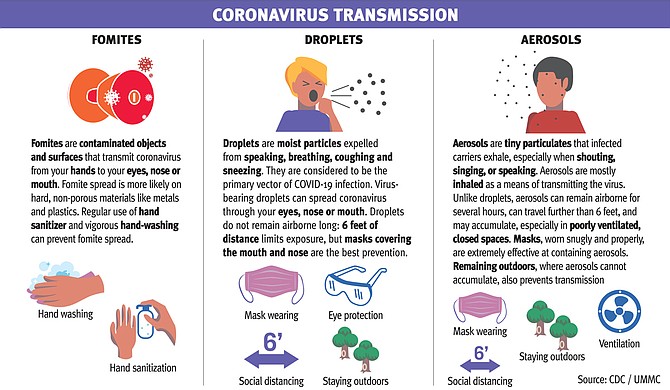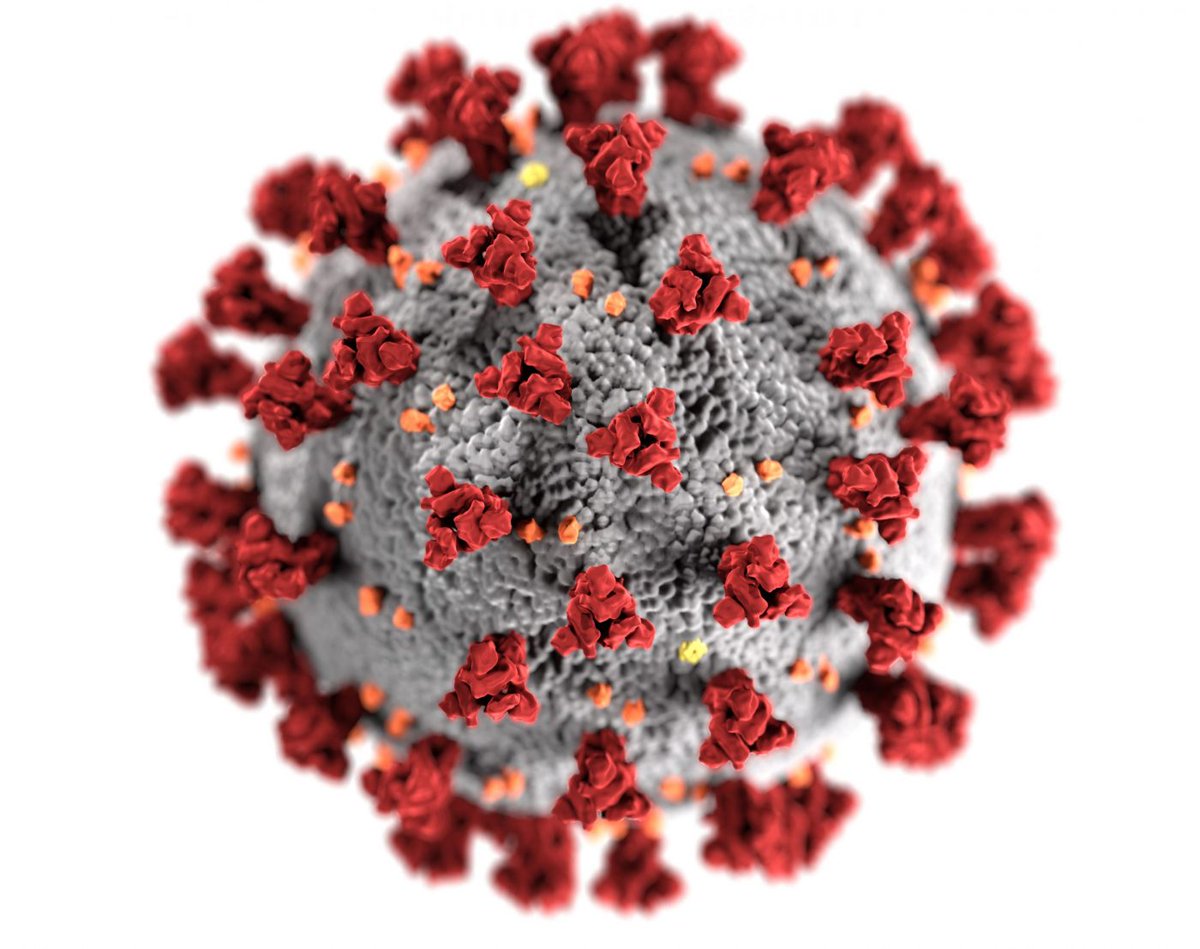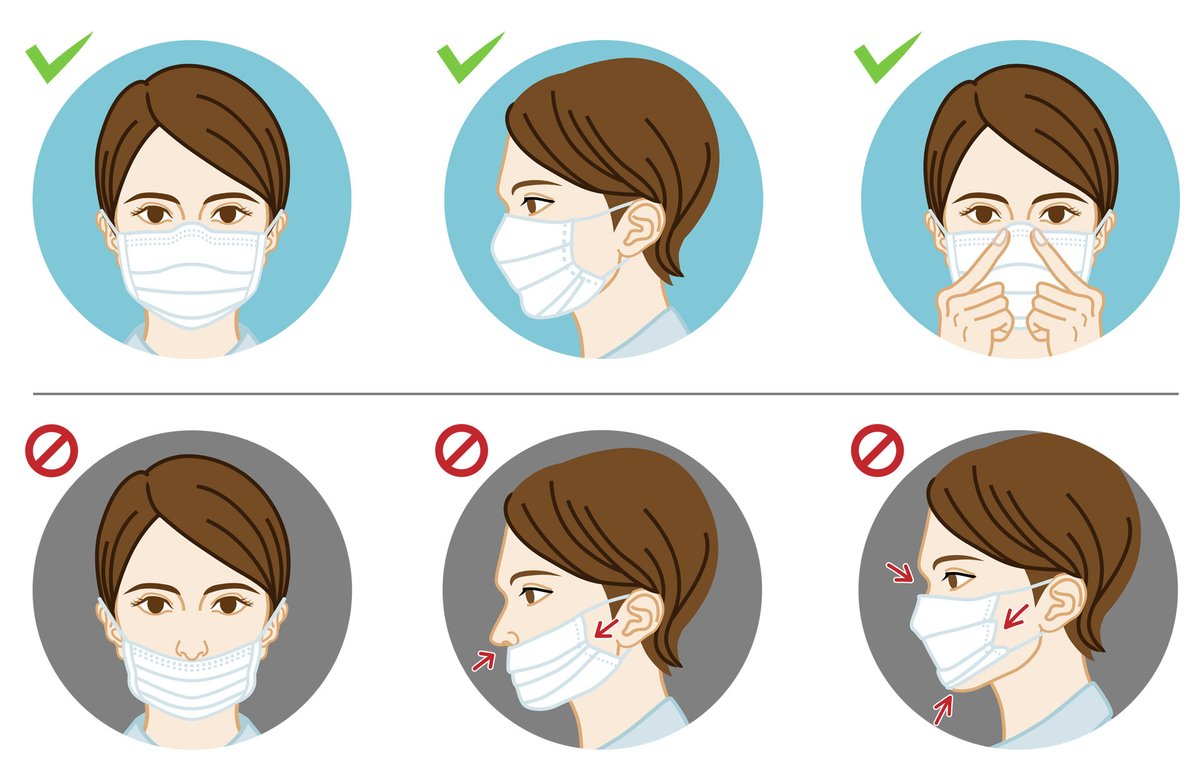
So, here's an opinion piece from @WSJopinion.
"A Global Covid Vaccine Heist"
A thread.
wsj.com/articles/a-glo…
1/n
"A Global Covid Vaccine Heist"
A thread.
wsj.com/articles/a-glo…
1/n
Some background: Many LMIC member nations, including India, South Africa, are bidding the @wto to waive certain Patent Protections on the @pfizer and @moderna_tx vaccines so that they can manufacture the generic versions of the vaccines on their own for wider distribution.
2/n
2/n
This is what @WSJ @WSJopinion has to say about it:
"It’s not clear developing countries even have the ability to manufacture large-scale, complex technologies like Moderna’s mRNA vaccine or Eli Lilly’s monoclonal antibody cocktail—let alone distribute them."
3/n
"It’s not clear developing countries even have the ability to manufacture large-scale, complex technologies like Moderna’s mRNA vaccine or Eli Lilly’s monoclonal antibody cocktail—let alone distribute them."
3/n
As @realtahiramin points out in his thread, while WSJ is basking in some unfounded superiority complex, concerned more with "Proprietary Knowledge"; here's a look at what India, as a "developing LMIC nation" has achieved in and contributed to science and tech.
4/n
4/n
1. Shantha Biotechnics produced cheaper recombinant vaccines ($1/dose) - at a time when @Merck and @GSK had the monopoly in vaccine tech ($23/dose) - which eventually facilitated low-cost mass vaccination through @UNICEFIndia.
5/n
https://twitter.com/realtahiramin/status/1331010840485654528?s=20
5/n
2. Tamiflu - India rapidly amassed generic stockpiles of the @GileadSciences drug Tamiflu during the Avian Flu crisis.
6/n
https://twitter.com/realtahiramin/status/1331010843543269380?s=20
6/n
India has steadily been rising the ranks, becoming a major driving force in Global Pharma and Biotech.
India is the world's largest provider of generic medicines, with a projected Pharma market value of $76.7 bn by 2024.
Source: @CPhIWW bit.ly/3o3m9gr
7/n
India is the world's largest provider of generic medicines, with a projected Pharma market value of $76.7 bn by 2024.
Source: @CPhIWW bit.ly/3o3m9gr
7/n

The 2019 @CPhIWW Global Pharma Index Report projects substantial growth in competitiveness and market potential for India.
India is the only LMIC member nation to feature in the list of top global pharma players USA, UK, Canada, etc.
pmlive.com/pharma_intelli…
8/n
India is the only LMIC member nation to feature in the list of top global pharma players USA, UK, Canada, etc.
pmlive.com/pharma_intelli…
8/n
But WSJ seems to believe that none of the LMIC nations, including India, have the intellectual know-how or the infrastructure to match tech giants like the USA and Europe.
Maybe they need a history lesson to jog their memory and remind them of India's prowess across fields.
9/n
Maybe they need a history lesson to jog their memory and remind them of India's prowess across fields.
9/n
➡️Maths/Physics
> Aryabhata - Zero, Value of Pi
> SN Bose - The Bose-Einstein statistics Bose-Einstein Condensate
> CV Raman - The Raman Effect - 1st Asian to win a Nobel Prize in any field of science.
> S. Ramanujan - Mathematical analysis, Number Theory, Infinite Series
10/n
> Aryabhata - Zero, Value of Pi
> SN Bose - The Bose-Einstein statistics Bose-Einstein Condensate
> CV Raman - The Raman Effect - 1st Asian to win a Nobel Prize in any field of science.
> S. Ramanujan - Mathematical analysis, Number Theory, Infinite Series
10/n
➡️NUCLEAR PROGRAM
Despite opposition from all quarters of the world, India, under the leadership of Homi J Bhabha, independently developed a comprehensive nuclear program and conducted nuclear tests at Pokhran twice:
1974 (Operation Smiling Buddha)
1998 (Operation Shakti)
11/n
Despite opposition from all quarters of the world, India, under the leadership of Homi J Bhabha, independently developed a comprehensive nuclear program and conducted nuclear tests at Pokhran twice:
1974 (Operation Smiling Buddha)
1998 (Operation Shakti)
11/n
➡️Space Program
>Chandrayaan-1 - $54 million
>Mangalyaan - $73 million
>Chandrayaan-2 - $141 million
All of this with indigenous tech and innovation; and at a fraction of the costs of other international space missions. Hollywood movies cost more than ISRO's missions.
12/n
>Chandrayaan-1 - $54 million
>Mangalyaan - $73 million
>Chandrayaan-2 - $141 million
All of this with indigenous tech and innovation; and at a fraction of the costs of other international space missions. Hollywood movies cost more than ISRO's missions.
12/n
➡️ The White Revolution/Operation Flood
>Led by Dr. Kurien from Anand, a small town in rural Gujarat, 1970
>Turned India from a milk deficient country to the largest producer of milk in the world
>Employment for millions of rural men and women
nddb.coop/about/genesis/…
13/n
>Led by Dr. Kurien from Anand, a small town in rural Gujarat, 1970
>Turned India from a milk deficient country to the largest producer of milk in the world
>Employment for millions of rural men and women
nddb.coop/about/genesis/…
13/n

1998 World Bank report - "of the Rs 200 crore the World Bank invested in Operation Flood, the net return on India's rural economy was a massive Rs 24,000 crore each year over a period of 10 years to which no other dairy programme has ever matched."
drkurien.com/white_revoluti…
14/n
drkurien.com/white_revoluti…
14/n
➡️The Green Revolution
>Agricultural revolution in India in the 1960s led by MS Swaminathan
>Turned India from an importer of agricultural products to an independent self-sufficient producer
>Use of HYV seeds, mechanized agriculture, better fertilizers, irrigation systems.
15/n
>Agricultural revolution in India in the 1960s led by MS Swaminathan
>Turned India from an importer of agricultural products to an independent self-sufficient producer
>Use of HYV seeds, mechanized agriculture, better fertilizers, irrigation systems.
15/n
>The Green Revolution in India was led by Dr. MS Swaminathan.
>It is a matter of great pride for the nation that his daughter, Dr. Soumya Swaminathan @doctorsoumya is currently the Chief Scientist at WHO.
16/n
>It is a matter of great pride for the nation that his daughter, Dr. Soumya Swaminathan @doctorsoumya is currently the Chief Scientist at WHO.
16/n

More revolutions?
➡️Blue - India - World’s second-largest producer of fish with exports worth >INR 47,000 crore
➡️Pink - The Indian poultry industry is worth >$700 billion
➡️Golden - India is the 2nd-largest producer of vegetables and fruits in the world, after China.
17/n
➡️Blue - India - World’s second-largest producer of fish with exports worth >INR 47,000 crore
➡️Pink - The Indian poultry industry is worth >$700 billion
➡️Golden - India is the 2nd-largest producer of vegetables and fruits in the world, after China.
17/n
Bored?
Alright, fine. Let's come back to Healthcare.
Healthcare in LMIC nations thrives on central health programmes and initiatives to reach the target of Universal Health Coverage, along with boosting innovative and adaptive technologies.
18/n
Alright, fine. Let's come back to Healthcare.
Healthcare in LMIC nations thrives on central health programmes and initiatives to reach the target of Universal Health Coverage, along with boosting innovative and adaptive technologies.
18/n
Apart from Pharma and Biotech, India is seeing exemplary growth in the Medical Devices sector, with the 4th largest market in Asia and amongst the top 20 in the world.
investindia.gov.in/sector/medical…
19/n
investindia.gov.in/sector/medical…
19/n

➡️AYUSHMAN BHARAT/PM-JAY
>World’s largest government-financed health insurance scheme for a nation of 1.38 billion people.
>Nearly 23,000 enlisted hospitals and >1 crore admissions under the scheme till now.
pmjay.gov.in/about/pmjay
20/n
>World’s largest government-financed health insurance scheme for a nation of 1.38 billion people.
>Nearly 23,000 enlisted hospitals and >1 crore admissions under the scheme till now.
pmjay.gov.in/about/pmjay
20/n

➡️UIP and Pulse Polio
>India's immunization program took off as EPI in 1978, with a limited, urban reach
>1985 - UIP, wider reach, indigenous vaccine production
>1995 - Pulse Polio Immunization started
>2014 - India declared Polio-free
>2016 - India started the use of IPV.
21/n
>India's immunization program took off as EPI in 1978, with a limited, urban reach
>1985 - UIP, wider reach, indigenous vaccine production
>1995 - Pulse Polio Immunization started
>2014 - India declared Polio-free
>2016 - India started the use of IPV.
21/n

➡️Rotavirus Vaccine
>RotaTeqÔ (@Merck) cost - Rs 900/dose - 3 doses
>RotarixÔ (@GSK) cost - Rs 1000/dose - 2 doses
> India's @BharatBiotech developed ROTAVAC from a local strain isolated at AIIMS, New Delhi at Rs 54/dose - total 3 doses @ Rs 162.
bit.ly/3fXwFTH
22/n
>RotaTeqÔ (@Merck) cost - Rs 900/dose - 3 doses
>RotarixÔ (@GSK) cost - Rs 1000/dose - 2 doses
> India's @BharatBiotech developed ROTAVAC from a local strain isolated at AIIMS, New Delhi at Rs 54/dose - total 3 doses @ Rs 162.
bit.ly/3fXwFTH
22/n
Even as the world was coming to measure with COVID, India was the first nation to broadcast an emergency message during the lockdown via caller-tunes (a service still ongoing). It ensured that the correct message reached every person owning a phone.
bit.ly/36gZPto
23/n
bit.ly/36gZPto
23/n
It might interest @WSJ to know that India is also developing its own COVID vaccines despite an apparent resource crunch - and initial results for both candidates are fairly positive.
> @ZydusUniverse 's ZyCoV-D vaccine
> @BharatBiotech 's COVAXIN
thehindu.com/news/national/…
24/n
> @ZydusUniverse 's ZyCoV-D vaccine
> @BharatBiotech 's COVAXIN
thehindu.com/news/national/…
24/n
@WSJopinion has labeled this proposal as theft of intellectual property and questioned the abilities of the developing nations.
It's time the @WSJ gets a wake-up call and comes out of its delusional bubble of scientific superiority and sees the real world for what it is.
25/25
It's time the @WSJ gets a wake-up call and comes out of its delusional bubble of scientific superiority and sees the real world for what it is.
25/25

@ProfSomashekhar @pash22 @Shivamda @DevPalkar @kamdar_j @Sookshmadarshi @amitsurg @bijlanirajesh @nvcmenon @abledoc @giridar100 @Dharmen46587056 @doctorsoumya @raval_atri @realtahiramin
• • •
Missing some Tweet in this thread? You can try to
force a refresh








